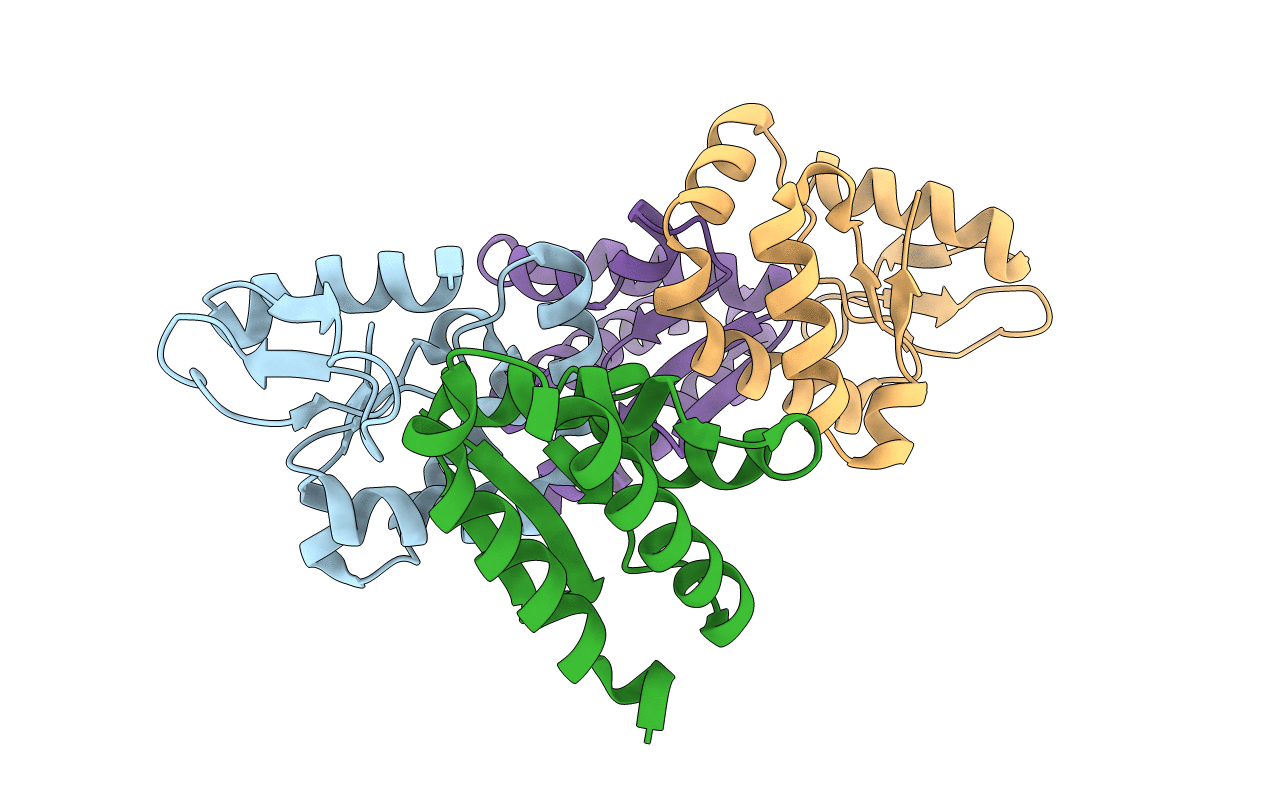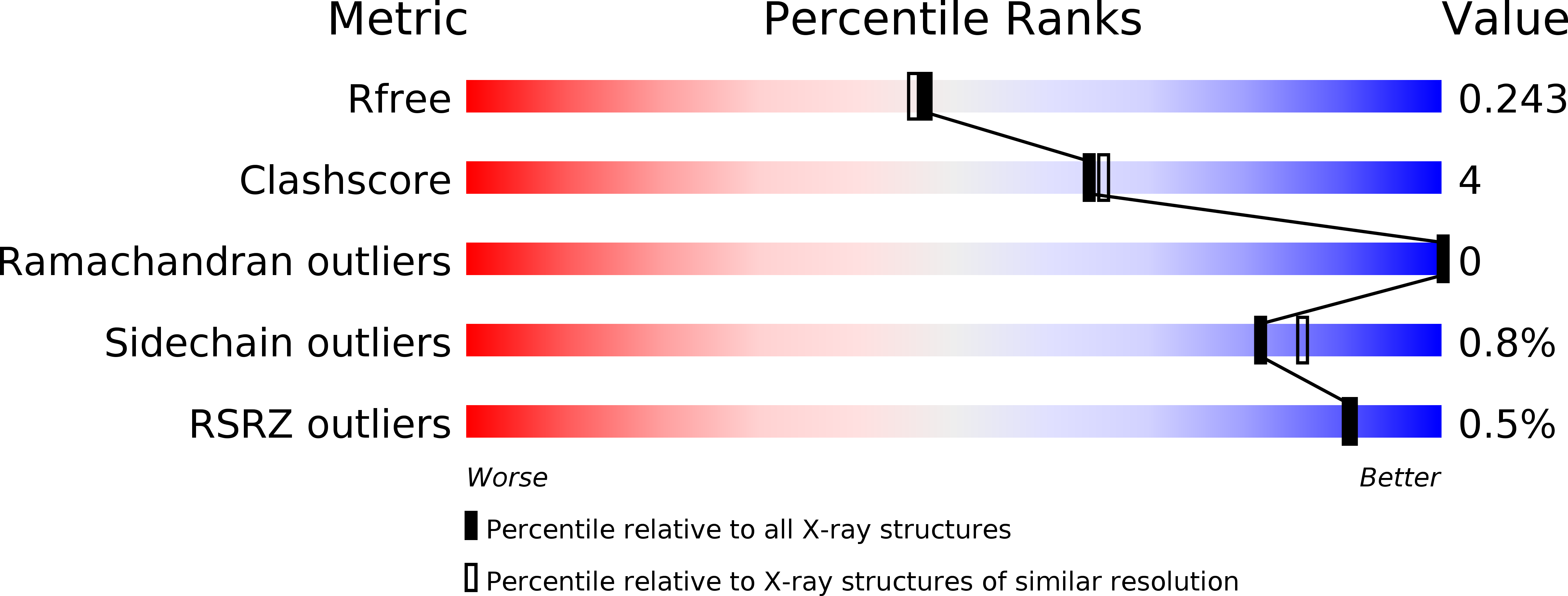
Deposition Date
2016-03-31
Release Date
2016-07-27
Last Version Date
2024-03-06
Entry Detail
PDB ID:
5J4A
Keywords:
Title:
CdiA-CT toxin from Burkholderia pseudomallei E479 in complex with cognate CdiI immunity protein
Biological Source:
Source Organism:
Burkholderia pseudomallei (Taxon ID: 28450)
Host Organism:
Method Details:
Experimental Method:
Resolution:
2.00 Å
R-Value Free:
0.23
R-Value Work:
0.19
R-Value Observed:
0.19
Space Group:
P 2 21 21


